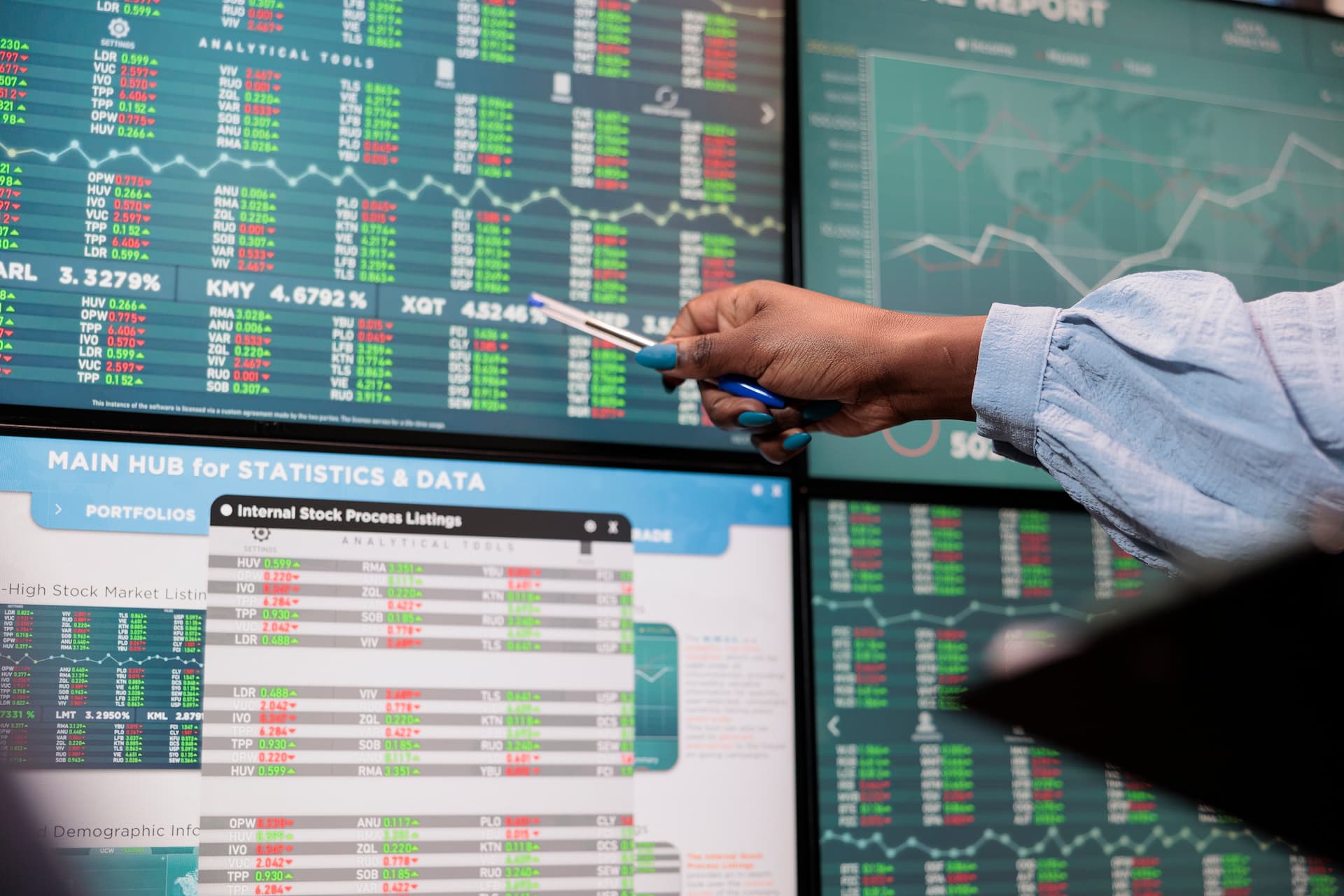Understanding Currency Correlations
Learn how currency correlations work and how to use them to enhance your forex trading strategies.

Currency correlations are fundamental for traders and investors operating in the forex market. They provide insight into how different currency pairs interact with each other, which is crucial for developing effective trading strategies and managing risk. Let’s explore what currency correlations are, how they work, and their importance in forex trading.
What Are Currency Correlations?
Currency correlations describe the statistical relationship between the movements of two currency pairs. In forex trading, currencies are traded in pairs, and their values are influenced by their relationships with other currencies. Correlations help traders understand how the value of one currency pair might affect another.
Positive Correlation
A positive correlation occurs when two currency pairs move in the same direction. For example, if the EUR/USD (Euro/US Dollar) pair and the GBP/USD (British Pound/US Dollar) pair both increase, it indicates a positive correlation. This often happens because the Euro and British Pound are both influenced by similar economic factors, such as European economic conditions or US monetary policy. Traders use this information to predict movements and make more informed trading decisions.
Negative Correlation
Conversely, a negative correlation means that two currency pairs move in opposite directions. For instance, the USD/JPY (US Dollar/Japanese Yen) and the EUR/USD (Euro/US Dollar) pairs might exhibit a negative correlation. When the USD/JPY pair appreciates, the EUR/USD pair might depreciate. This occurs because the factors driving one currency pair's movement can be different from those affecting the other. Understanding this helps traders to hedge against potential losses and balance their portfolios.
How to Measure Currency Correlations
Measuring currency correlations involves calculating a correlation coefficient, which quantifies the relationship between two currency pairs. The coefficient ranges from -1 to +1, indicating the degree of correlation.
+1 Correlation
A correlation coefficient of +1 signifies a perfect positive correlation, where the two currency pairs move in exactly the same direction. For example, if the AUD/USD (Australian Dollar/US Dollar) and NZD/USD (New Zealand Dollar/US Dollar) pairs have a +1 correlation, when one pair rises, the other will rise by the same proportion.
-1 Correlation
A correlation coefficient of -1 indicates a perfect negative correlation, where the two currency pairs move in completely opposite directions. For example, if the USD/CHF (US Dollar/Swiss Franc) and the USD/JPY (US Dollar/Japanese Yen) pairs have a -1 correlation, an increase in the USD/CHF will lead to a decrease in the USD/JPY.
0 Correlation
A correlation of 0 means there is no discernible relationship between the currency pairs. The movements of one currency pair do not affect or predict the movements of the other.
Importance of Currency Correlations in Forex Trading
Understanding currency correlations is essential for several reasons:
Risk Management
By recognizing correlated currency pairs, traders can better manage their risk exposure. For example, holding multiple positions in highly correlated pairs can increase the risk of significant losses if the market moves unfavorably. Using correlation analysis helps in avoiding overexposure and ensuring that the risks are diversified across different pairs.
Diversification
Currency correlations play a crucial role in diversifying trading strategies. Traders can reduce their portfolio's risk by selecting pairs with low or negative correlations. For instance, combining positions in positively correlated pairs might increase overall risk, while diversifying with pairs that have a negative correlation can offset potential losses.
Trade Strategy Development
Analyzing currency correlations can refine trading strategies. For instance, if a trader notices a strong correlation between two currency pairs, they might use this information to anticipate market movements and make strategic trading decisions. This knowledge helps in timing trades more effectively and optimizing entry and exit points.
Examples of Currency Correlations
Here are practical examples illustrating currency correlations:
EUR/USD and GBP/USD
The EUR/USD and GBP/USD pairs often exhibit a strong positive correlation. This is due to the economic ties between the Eurozone and the UK. When the Euro strengthens against the US Dollar, the British Pound usually follows suit, reflecting similar economic conditions and market sentiments.
USD/JPY and USD/CHF
The USD/JPY and USD/CHF pairs can show a negative correlation. For instance, when the USD/JPY pair rises due to a stronger US Dollar, the USD/CHF pair might fall, as the Swiss Franc often reacts differently to global economic developments compared to the Japanese Yen.
AUD/USD and NZD/USD
The AUD/USD and NZD/USD pairs often demonstrate a positive correlation because both currencies are influenced by similar factors, such as commodity prices and economic conditions in the Asia-Pacific region. Movements in one pair typically reflect in the other due to their shared economic drivers.
Tools for Analyzing Currency Correlations
Several tools are available for analyzing currency correlations:
Correlation Matrix
A correlation matrix provides a visual representation of the correlation coefficients between different currency pairs. It helps traders quickly identify which pairs are positively or negatively correlated, aiding in strategic decision-making.
Forex Trading Platforms
Many forex trading platforms offer built-in tools for analyzing currency correlations. For example, platforms like MetaTrader 5 provide correlation indicators and charts that help traders monitor the relationships between currency pairs in real time.
Financial Websites
Websites such as 24markets.com offer resources and tools for tracking currency correlations. These platforms often provide detailed charts, historical data, and analytical tools that assist traders in understanding and utilizing currency correlations effectively.
Conclusion
Understanding currency correlations is vital for effective forex trading. By analyzing how different currency pairs interact with each other, traders can enhance their risk management, diversify their strategies, and make more informed trading decisions. Utilize tools and resources available on platforms like 24markets.com to gain deeper insights and improve your trading strategy.
For more information and resources on forex trading, visit 24markets.com and explore their comprehensive tools and guides.
TAGS
Latest Education Articles
Show more
Earnings Reports and Equity CFDs

Trend vs. Range Strategies

Trading Breakouts vs. Pullbacks

Hedging Basics for Intermediate Traders
Take your trading to the next level.
Join the broker built for global success in just 3 easy steps. A seamless experience built for traders who value speed and simplicity.

Create Your Account

Make Your First deposit
